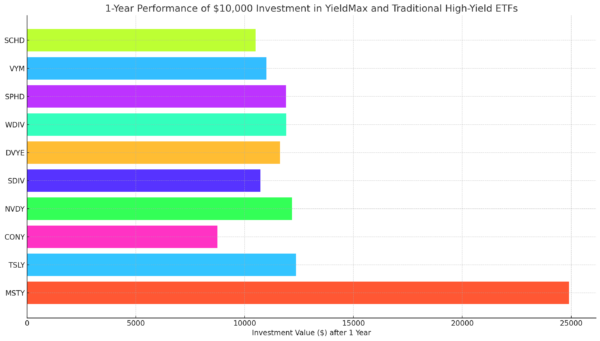Walgreens Dividend History and Safety
Some of the world’s best investors stick to dividend stocks. They know that a steady stream of income is a top wealth-building strategy. And finding the best deals is vital. So today, we’re going to review one of the best dividend stocks around. Let’s take a look at Walgreens’ dividend history and safety.
The company’s valuation is beaten down and it might be a great buying opportunity. New threats have pushed the share price down but Walgreens has a long history of adapting…
Walgreens Business Overview and Highlights
Walgreens Boots Alliance (Nasdaq: WBA) is a $47 billion business. The company is based in Illinois and it employs 342,000 people. Last year, the business brought in $137 billion in sales, which works out to about $400,000 per employee.
The company is in the consumer healthcare sector and it holds a healthy credit rating. It has an investment grade rating of BBB from the S&P. This allows Walgreens Boots Alliance to issue cheap debt to grow the business and pay dividends.
For example, in 2018 Walgreens completed the acquisition of 1,932 Rite Aid stores. It cost just over $4 billion, and the acquisition should provide a healthy bump in sales. This new cash flow should help Walgreens to continue paying dividends…
Walgreens’ Dividend History
The company paid investors $0.5875 per share a decade ago. And over the last 10 years, the dividend has climbed to $1.778. That’s a 203% increase and you can see the annual changes below…

The compound annual growth is 11.7% over 10 years… but over the last year, the dividend climbed 8.4%. The slowdown in dividend growth isn’t a great sign. However, Walgreens Boots Alliance still might be a good income investment. Let’s take a look at the yield…
Current Dividend Yield vs. 10-Year Average
Walgreens Boots Alliance’s long history of paying dividends makes it one of the best dividend stocks around. This also makes the dividend yield a great indicator of value. A higher yield is generally better for buyers. Sustainability is also vital and we’ll look at that soon.
The dividend yield comes in at 3.42% and that’s above the 10-year average of 2.25%. The chart below shows the dividend yield over the last 10 years…

The higher yield shows that investors have bid down the company’s market value. They might be expecting higher growth and payouts. But more often than not, the dividend yield is mean reverting with share price changes.
Is the Walgreens Dividend Safe?
The payout ratio is often used to determine dividend safety. It’s the dividend per share divided by the net income per share. So a payout ratio of 60% would mean that every $1 Walgreens Boots Alliance earns, it pays investors $0.60.
The payout ratio is a good indicator of dividend safety… but accountants alter net income. They adjust for goodwill and other noncash items. So a better metric is free cash flow.
Here’s the Walgreens Boots Alliance payout ratio based on free cash flow over the last 10 years…

The ratio was volatile over the last 10 years but has stayed below 50%. The last year shows a payout ratio of 42%. This gives plenty of wiggle room for Walgreens Boots Alliance’s board of directors to raise the dividend.
So the Walgreens dividend looks safe from a financial standpoint. And when stepping back and looking at the bigger picture, it also looks safe. The population continues to grow and life expectancy is climbing. This will help drive new Walgreens sales.
This is one reason Walgreens made our Top Consumer Staple Stocks List. It’s one of many healthy companies that continue to reward shareholders. So check them out and if you’re interested in other investing opportunities, sign up for our free e-letter below. It’s packed with insight from market experts.





